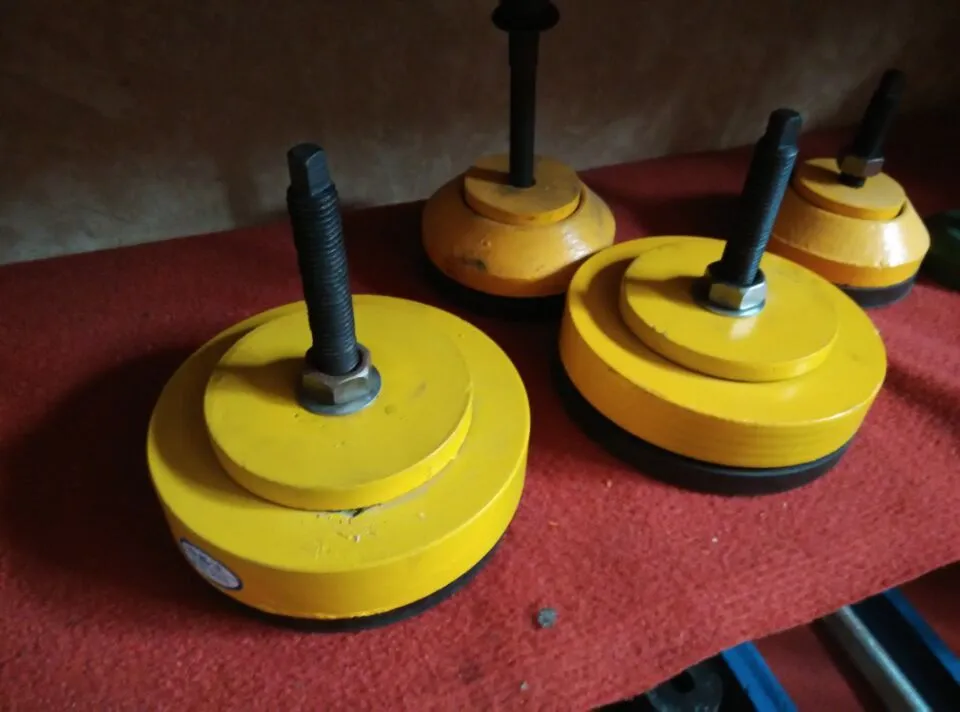डिसेंबर . 05, 2024 22:06 Back to list
Different Categories of Water Control Valves and Their Applications
Types of Water Valves An Overview
Water valves are essential components in various plumbing systems, offering control over the flow and pressure of water. Understanding the different types of water valves can help in selecting the right type for specific applications, ensuring efficiency, safety, and longevity in plumbing systems. Here, we explore the most common types of water valves, their functions, and applications.
1. Gate Valves
Gate valves are designed primarily for on/off control, offering minimal resistance to fluid flow when fully open. They operate using a wedge-shaped gate that moves up and down, allowing water to flow freely when the gate is open. However, gate valves are not suitable for throttling purposes, as partially closing them can cause damage to the valve. They are commonly used in larger pipelines and systems where full flow is required, such as in water supply networks.
2. Globe Valves
Globe valves are versatile valves known for their ability to regulate flow effectively. Their design consists of a spherical body with an internal baffle that creates two flow paths. This feature allows for finer control of water flow and pressure. Globe valves are commonly used in applications requiring throttling capabilities, such as in heating systems and industrial processes. While they can create some pressure drop when fully open, they provide excellent control over flow rates.
3
. Ball ValvesBall valves feature a spherical closure element that allows for quick on/off operation. This type of valve is known for its durability and reliability, making it suitable for a variety of applications, from residential plumbing to industrial uses. Ball valves are often made from materials like brass, stainless steel, or plastic, allowing them to accommodate a wide range of pressures and temperatures. They are particularly effective in situations where rapid shut-off is necessary.
types of water valves

4. Butterfly Valves
Butterfly valves are characterized by a circular disc that rotates around a central axis, providing a broader flow control surface and a lightweight design. They work well for regulating flow in large pipelines and are often used in HVAC systems, water treatment plants, and fire protection systems. While not as precise as globe valves in throttling applications, butterfly valves can be operated quickly and efficiently, making them ideal for large-scale applications where space is limited.
5. Check Valves
Check valves are unique in that they allow flow in only one direction, preventing backflow and protecting plumbing systems from damage. They operate automatically, using either a spring or a gravity mechanism to close the valve when flow reverses. Check valves are essential in applications such as pumps and heating systems, where backflow could lead to contamination or damage.
6. Pressure Relief Valves
Pressure relief valves are crucial for maintaining safe pressure levels within water systems. They automatically open to release excess pressure and prevent system failure or damage. These valves are commonly used in water heaters, boilers, and industrial applications. Pressure relief valves ensure that systems operate within safe limits, protecting both the equipment and users.
Conclusion
Choosing the right type of water valve is fundamental for ensuring optimal performance in plumbing and fluid control systems. Each valve type has its own strengths and applications, from gate valves that provide simple on/off control to pressure relief valves that protect against system failures. By understanding the various types of water valves and their specific purposes, homeowners and professionals can make informed decisions that enhance the efficiency and reliability of their plumbing systems. Whether for residential, commercial, or industrial use, the right water valve contributes to the overall functionality and safety of water management systems.
-
thread-plug-gauge-our-promise-of-measurement-excellenceNewsAug.22,2025
-
gauge-pin-class-reflecting-quality-legacyNewsAug.22,2025
-
check-valve-types-for-high-rise-buildingsNewsAug.22,2025
-
water-control-valve-for-irrigation-systemsNewsAug.22,2025
-
gate-valve-with-soft-seal-technologyNewsAug.22,2025
-
y-type-strainer-for-oil-and-gas-applicationsNewsAug.22,2025
Related PRODUCTS









